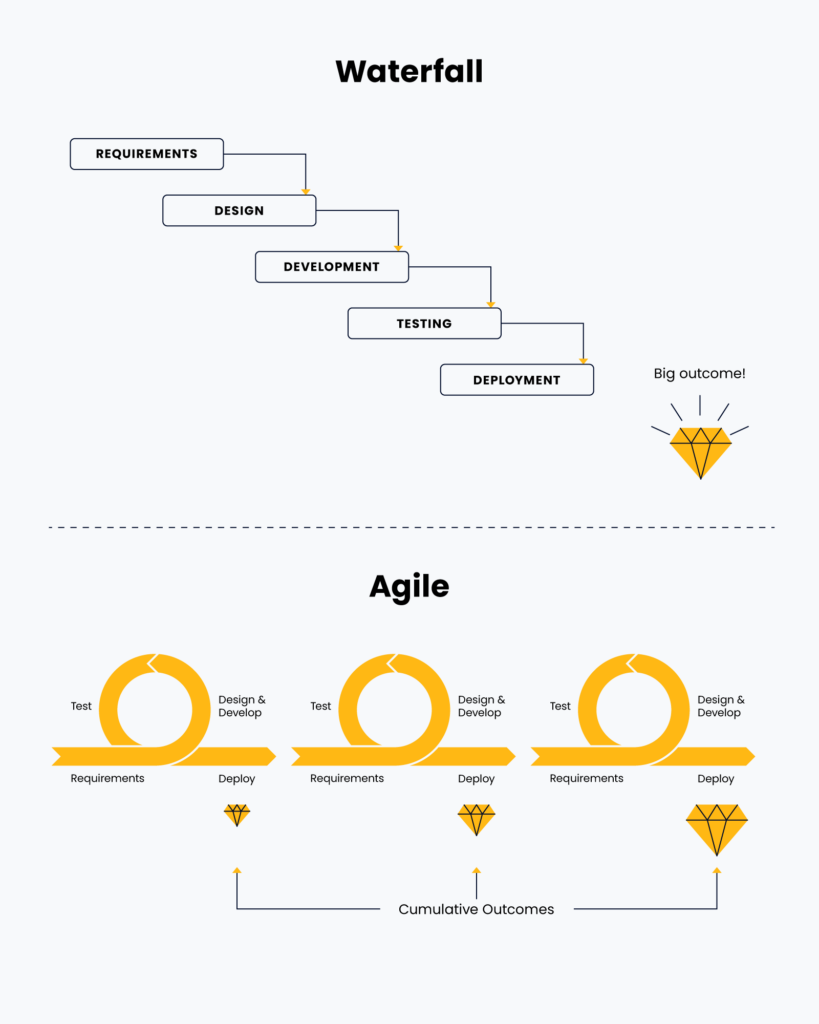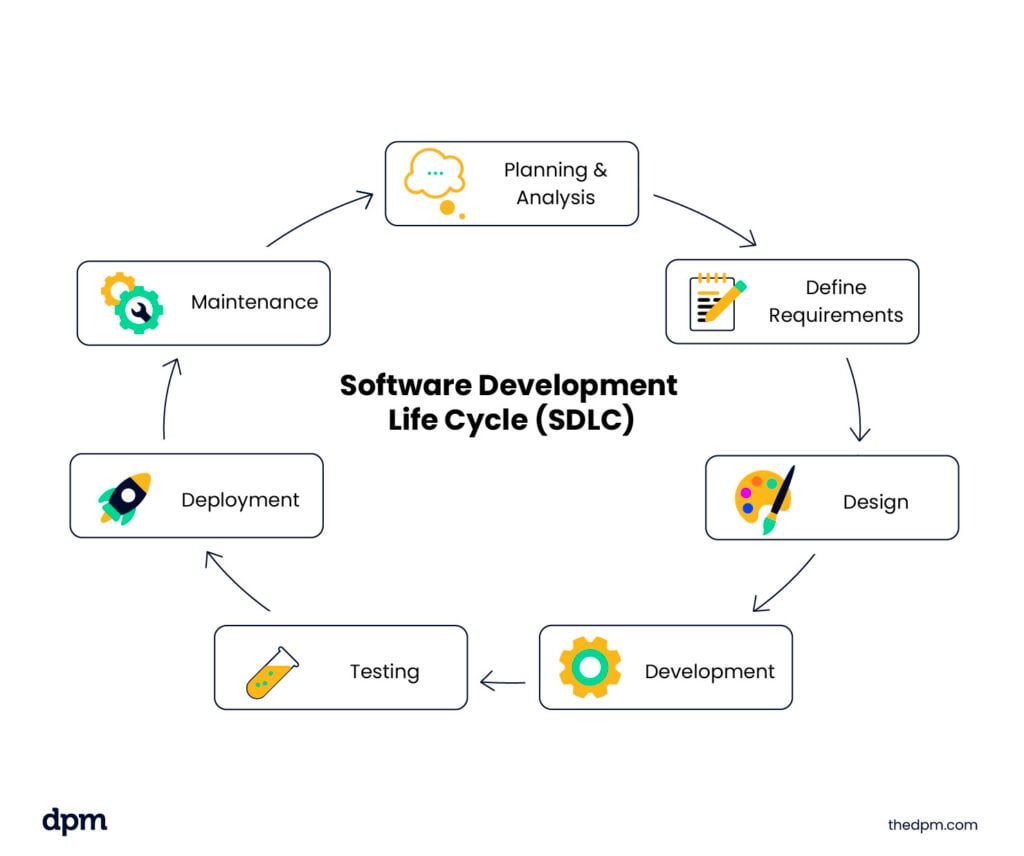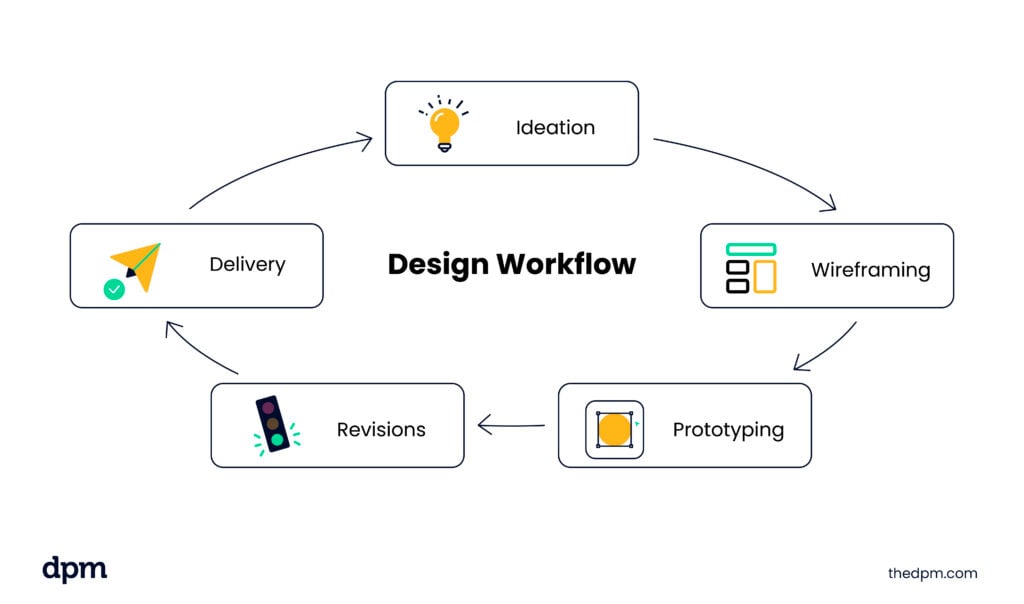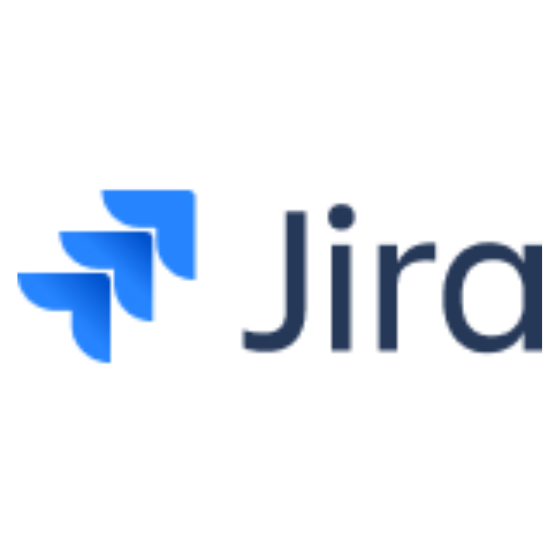Visual workflows automate and translate complex business processes into easy-to-understand visuals. They make communication and task management easier, so us project managers can streamline operations and optimize efficiency.
Visual workflows and process automation are important if you’ve ever struggled with process management, getting your spreadsheets in order, bottlenecks, approval processes, workflow management, or automating repetitive tasks.
What Is A Visual Workflow?
A visual workflow is a simple representation of a process that shows how tasks progress from one stage to the next. This makes it easy to understand, manage, and track tasks, business processes, CRM activities, bottlenecks, and even the software life cycle in real-time.
For What Types of Projects Are Visual Workflows Used?
Visual workflows, also known as flowcharts or process diagrams, are used for many types of project initiatives, regardless of methodology or industry.
Traditional project management (TPM) follows a linear, sequential process. It often uses the waterfall model or PRINCE2 on projects with predefined phases and fixed scopes. Here, visual workflows support a shared understanding of project performance and delivery.
Visual workflows in traditional project management include Gantt charts, process flow diagrams, PERT charts, work breakdown structures (WBS), and network diagrams.
Agile project management adapts to the ever-changing needs of dynamic environments. It is iterative and flexible, allowing continuous feedback and adjustments. It emphasizes collaboration and adaptive planning and uses methodologies like Scrum, Kanban, and lean.
Agile distributes ownership among team members to share responsibilities and adapt as a team, so it’s important to have a shared understanding of the process. Examples of visual workflows in agile project management are Kanban boards, Scrum boards, workflow diagrams or flowcharts, and task boards.
Visual Workflow Examples
I have included four unique examples and use cases for workflows that illustrate how they enhance transparency, efficiency, and collaboration in diverse industries.
Project Management Workflow
In project management, a visual workflow is used to outline the project framework from defining tasks to assigning responsibilities, tracking progress, and ensuring timely completion of project milestones.

Software Development Life Cycle (SDLC)
SDLC workflows include seven phases: planning and analysis, requirements gathering, design, development, testing, deployment, and maintenance (which may be replaced by decommission). Visualizing these steps helps teams manage complex software projects effectively.

Marketing Campaigns
Visual workflows for marketing campaigns outline tasks such as planning, content creation, social media scheduling, and performance analysis. They ensure coordinated efforts across marketing teams.

Design Projects
Design workflows cover ideation, wireframing, prototyping, revisions, and final delivery. Visual representations help designers collaborate seamlessly.

Benefits Of Visual Workflows
Visual workflows enhance transparency, process management, efficiency, collaboration, customer satisfaction, agility, and task management for stakeholders and non-technical users alike.
- Improved transparency: As explored by research in the Journal of Applied Psychology, visual workflows can be a game-changer for team dynamics. They enhance behavioral integrity, leading to higher team trust and better performance in real-world scenarios.
- Increased efficiency: The Journal of Operations Management underscores the importance of performance measurement and management in organizational operations, highlighting a systematic approach to evaluating and improving operational efficiency.
- Better collaboration: A study published in the Journal of Business Communication emphasizes that effective communication is fundamental to successful interactions, both personally and professionally.
- Enhanced customer satisfaction: Research in the Review of Economics and Statistics shows that managerial decisions, such as adopting total quality management (TQM) systems or expanding employee involvement programs, directly impact productivity and customer satisfaction. Visual workflows, by improving these managerial decisions, can reassure you of enhanced customer satisfaction.
- Agility: An article from the Harvard Business Review discusses how strategic agility, when harnessed through the proven effectiveness of visual workflows, enables organizations to not only survive but thrive amid disruption, inspiring overall performance improvement.
Best Practices For Creating Visual Workflows
When creating new workflows for your project management initiatives, consider these best practices that support simple to complex workflows throughout the entire process that your project follows.
- Start small: Start with a portion of a process to test, and gather feedback before expanding.
- Simplicity: Keep your workflow simple, relevant, and accessible, and prioritize a user-friendly interface.
- Clarity: Each stage in the workflow should be concise.
- Flexibility: Keep your workflow modular to best adapt to changes.
- Identify a suitable design: Ensure the workflow design is appropriate for the process.
- Support relationships: Ensure each item in the workflow is within scope and holds a clear relationship with at least one other task.
- Leverage automation software: Set up automations in your software and include checklists, instructions, and any other necessary information needed to complete tasks.
- Evaluate: It may take a few iterations before you have the optimal version of your workflow.
Tools For Visualizing Workflows
Visual workflow automation tools can increase productivity, helping you to visually represent a process or a series of tasks. Workflow diagram software tools utilize diagrams, flowcharts, or other visual aids to illustrate the steps in a process, the sequence of functions, and the relationships between them. Important features of workflow software include drag-and-drop task management, collaboration, and software integration.
Here are some of my favorite tools for workflow management:
- Microsoft Visio: A great tool for a multifaceted diagramming experience. Create flowcharts, network diagrams and more, from basic to sophisticated.
- LucidChart: Great for teams to collaborate on diagrams.
- Miro: A great tool for remote teams to brainstorm and diagram.
- Qntrl: A go-to automation workflow management tool.
- KanbanFlow: Focuses on lean techniques and real-time collaboration.
- FigJam by Figma: Similar to Miro, ideal for software design and development teams.
- Zapier: A go-to for integrations and task automation.
It is always worth your time to research the best flowchart software and trial a few tools to see which supports your need. Explore free trials (and add the trial expirations to your calendars).
Join For More Workflow Management Insights
Want to connect with other digital project managers to share resources and best practices? Join our membership community and get access to 100+ templates, samples, and examples and connect with 100s of other digital project managers in Slack.






